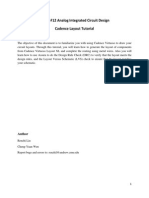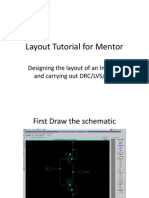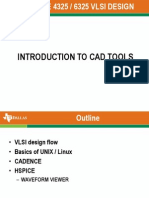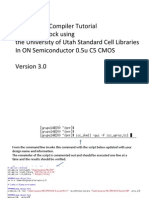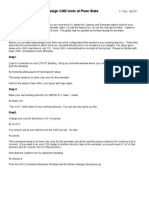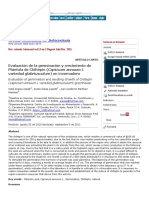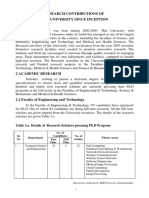0% found this document useful (0 votes)
36 views34 pagesSLAM Training Guide
The document is a training guide for using the Slam Tool with 130nm technology, detailing setup instructions for Linux and Windows, key commands, and guidelines for VLSI design processes. It covers essential tasks such as LVS and DRC verification, as well as design rules and layout considerations for PMOS and NMOS devices. Additionally, it includes a list of commands for various functions within the tool and outlines the training theory class topics related to VLSI fabrication.
Uploaded by
20341a04b4Copyright
© © All Rights Reserved
We take content rights seriously. If you suspect this is your content, claim it here.
Available Formats
Download as PDF, TXT or read online on Scribd
0% found this document useful (0 votes)
36 views34 pagesSLAM Training Guide
The document is a training guide for using the Slam Tool with 130nm technology, detailing setup instructions for Linux and Windows, key commands, and guidelines for VLSI design processes. It covers essential tasks such as LVS and DRC verification, as well as design rules and layout considerations for PMOS and NMOS devices. Additionally, it includes a list of commands for various functions within the tool and outlines the training theory class topics related to VLSI fabrication.
Uploaded by
20341a04b4Copyright
© © All Rights Reserved
We take content rights seriously. If you suspect this is your content, claim it here.
Available Formats
Download as PDF, TXT or read online on Scribd
/ 34


